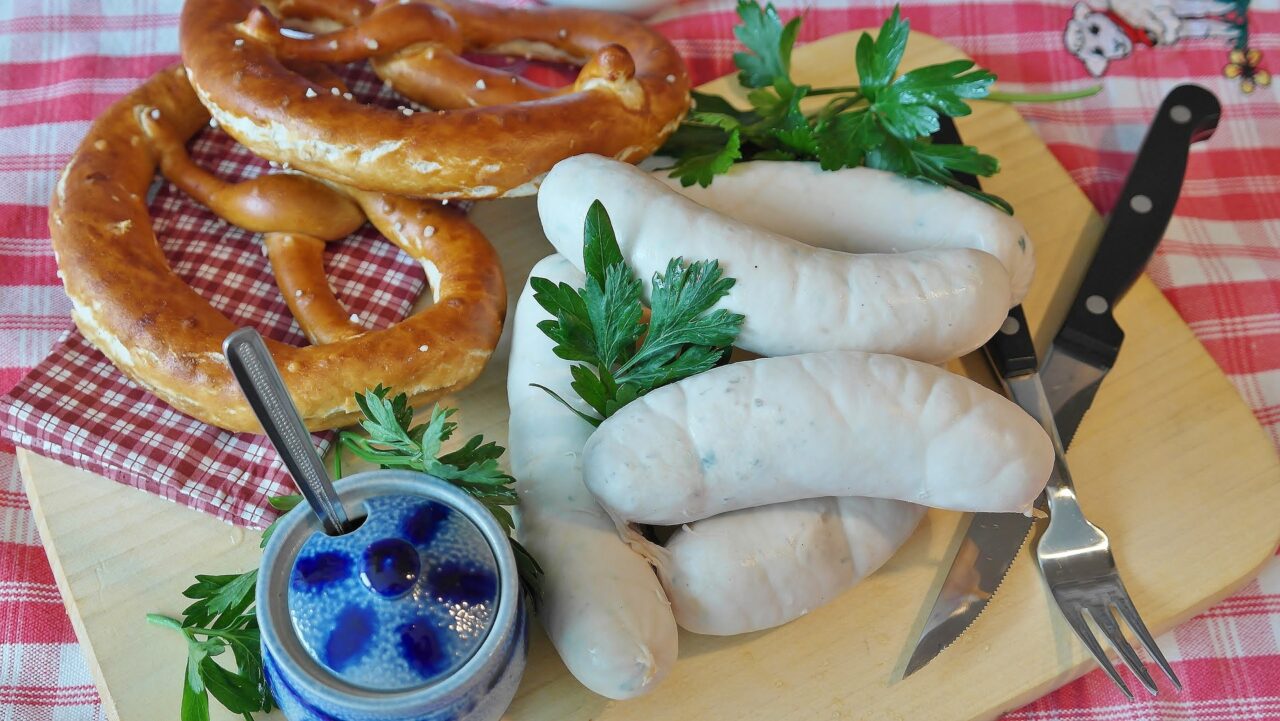German cuisine has been one of the most influential cuisines in the world, evolving from humble beginnings to become a culinary powerhouse. From its origins as a peasant food made from simple ingredients to its modern-day status as a collection of masterpieces, German cuisine has come a long way. In this article, we will explore how Germany’s cultural and economic history has shaped its cuisine , from its modest beginnings to its current status as one of the world’s great cuisines.
The origins are rooted in the country’s history of poverty and deprivation. During the Middle Ages, Germany was a largely rural society with a subsistence economy. Food was mainly sourced locally, with ingredients such as grains, root vegetables, legumes, and wild game being the main source of nutrition. People in Germany ate primarily to survive, and meals were often simple and unvaried.
Over time, as the country’s economy improved, its cuisine evolved. As trade increased, new ingredients became available, such as spices and sugar from the east. These ingredients allowed cooks to create more complex dishes with richer flavors that showcased German culinary traditions.
Contents of vintage cookbooks in Germany
Cookbooks have been a valuable source of recipes for centuries in Germany, providing traditional dishes and culinary inspiration for generations. Many traditional German recipes can be found in cookbooks from as far back as the 1600s, with the oldest surviving cookbook (Kochbuch der Sabina Welserin) first published in 1553.
These vintage cookbooks often highlight the simplicity of German cooking, featuring dishes such as potato dumplings and cabbage salad. The recipes are often uncomplicated yet flavorful, making them easy to replicate in the home kitchen.
Today, German cuisine is more diverse than ever before. With the influx of immigrants from all over the world, Germany has embraced a variety of international cuisines. Traditional dishes have been adapted to include ingredients from other cultures, such as curries from India and ramen from Japan. This has resulted in a cuisine that is more varied and flavorful than ever before.
Kaiser Wilhelm II had a significant impact on the gastronomic culture of Germany due to his reputation as a disciplined and tough leader. During meals, the king chose to consume his food in silence rather than engage in small talk. Over time, dishes have transitioned from being considered culinary delicacies to being viewed as a means of providing the body with necessary energy. The meals lacked flavor and were often served with plain foods and flour gravy as the only sauce.
During the aftermath of the First World War, national cuisine experienced a period of stagnation and famine ensued. During the mid-20th century, recipe collections became more popular after the start of World War II coincided with economic struggles in the country. As Germans started to explore other parts of the world, they became familiar with various cuisines which had a positive impact on their culinary practices.
Regional subtleties of German cuisine
The country is home to a diverse range of culinary specialties, each with its own unique character and flavor. While some regions focus on hearty meats and potatoes, others pride themselves on local seafood dishes or sweet desserts.
One of the most popular dishes in Germany is “Sauer braten”, which literally translates to “sour roast”. This rich and flavorful dish is made by marinating a beef or pork roast in vinegar and spices before roasting it in the oven. It is usually served with potato dumplings and red cabbage.
Other regional dishes include “Kartoffelpuffer” (potato pancakes) from the north , “Himmel und Erde” (heaven and earth) from the Rhineland, and “Kasespatzle” (cheese noodles) from Bavaria. Many of these dishes are now popular across the country, and can be found in restaurants and homes throughout Germany.
With its regional specialties, modern twists on traditional recipes, and international influences, it’s no wonder that German food is beloved by many.
During the Middle Ages, bakers expanded their product offerings as a result of the decrease in grain prices. The white bread and pies were of good quality, with a range of toppings available including vegetables, meat, and fish. Besides livestock meat, forest game was also served as a food option.
Certain types of fish were brought over from Italy, while snails and frogs from France were not well received by the townspeople.
During the early 1300s, German students published a treatise on nutrition. Arnold von Bamberg and Konrad von Eichstat utilized their education from Italian and French medical schools to create recipes according to their own knowledge and discernment. During this period of history, German cuisine incorporated a variety of food groups including cereals, sauces, meats, fish, vegetables, and legumes.
In culinary literature, a national cuisine has been identified since the 16th century, with variations in recipe composition based on regional differences. The menu is influenced by proximity to neighboring countries and social class.




